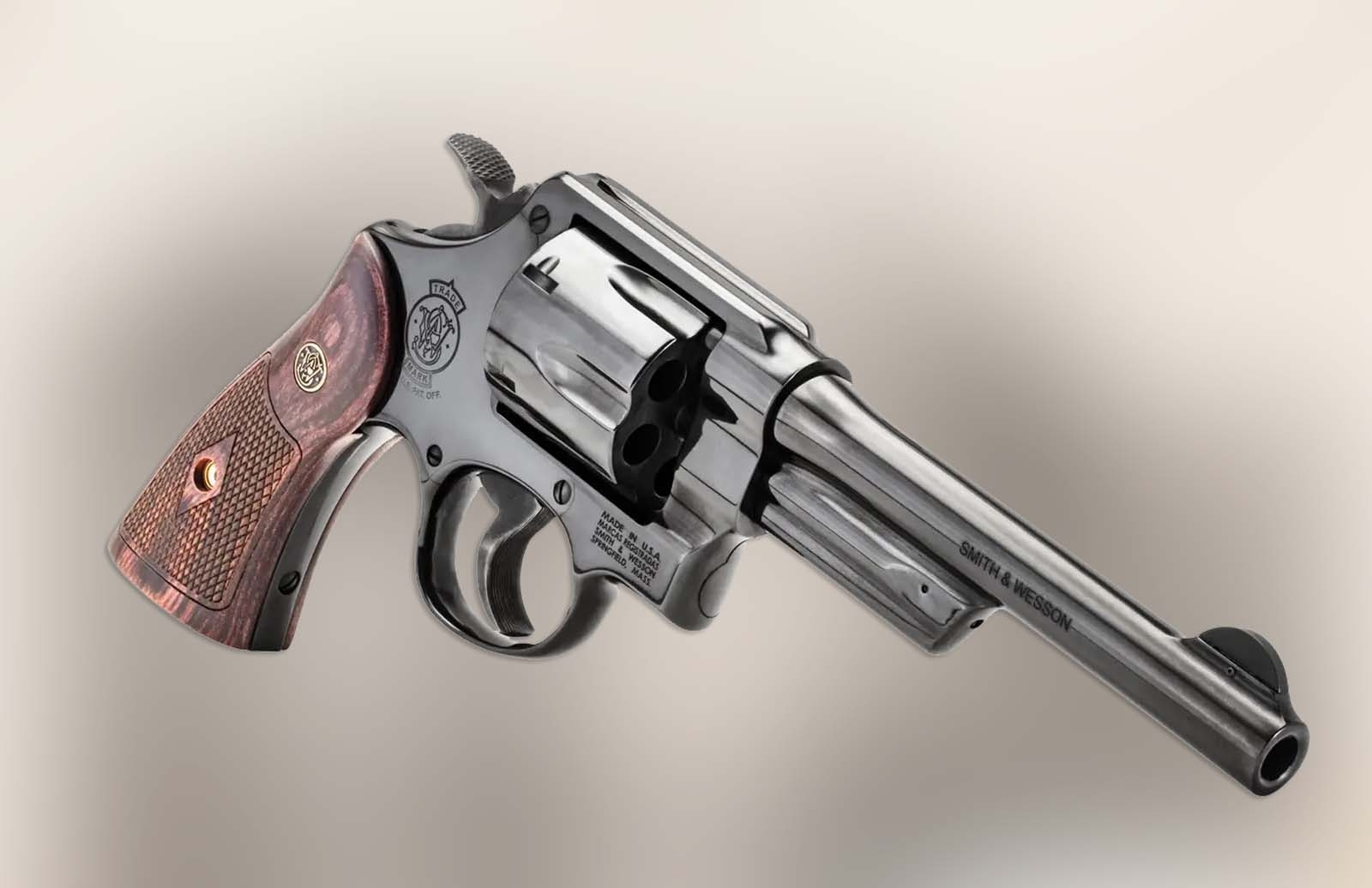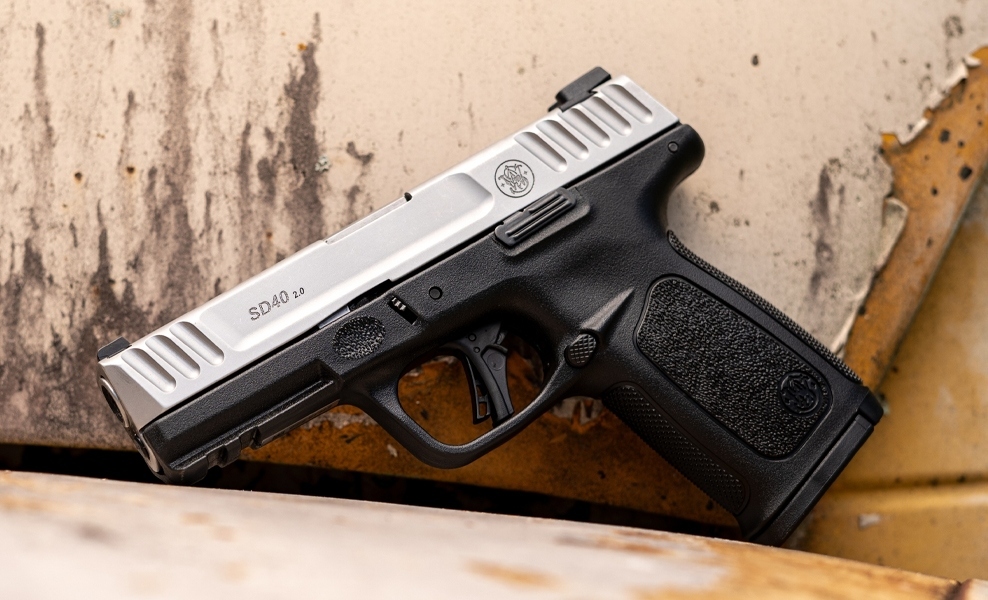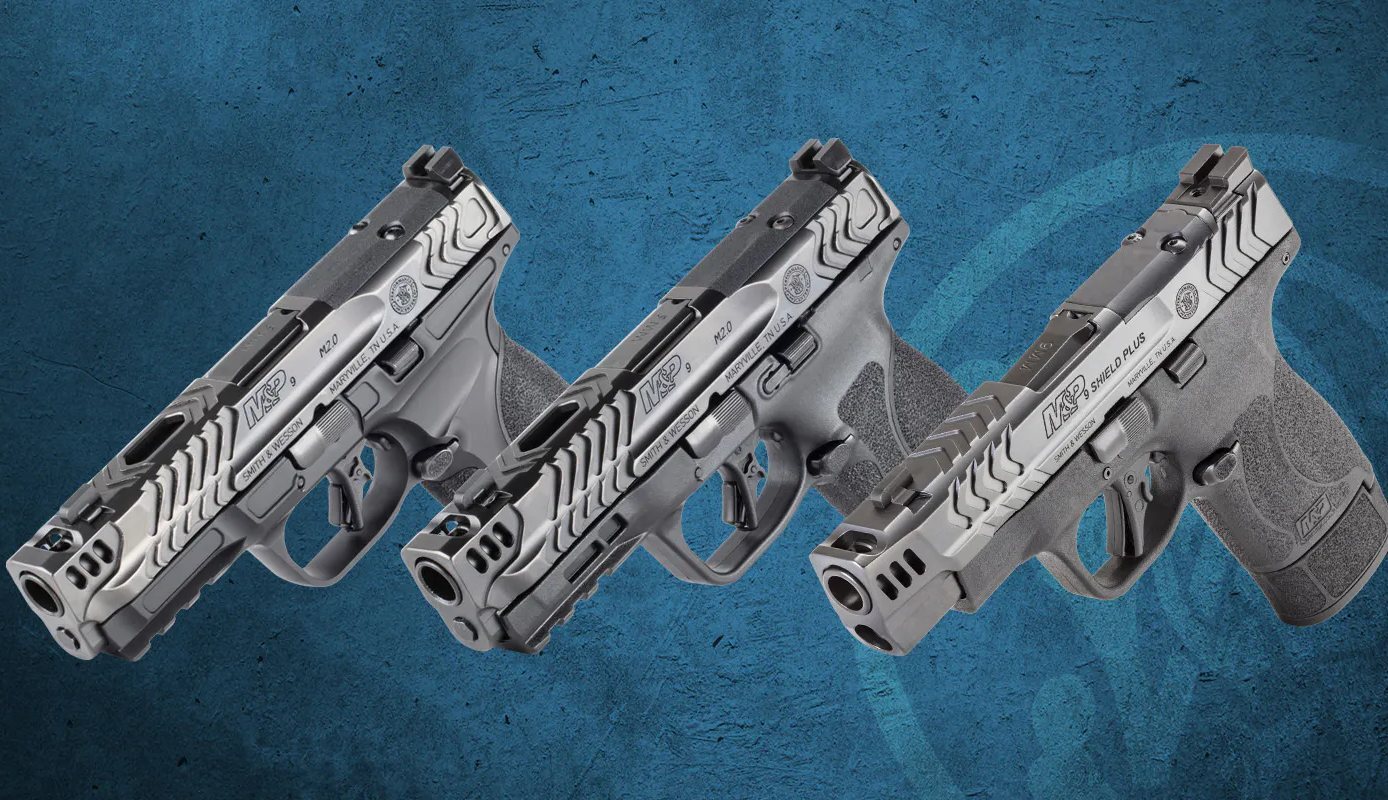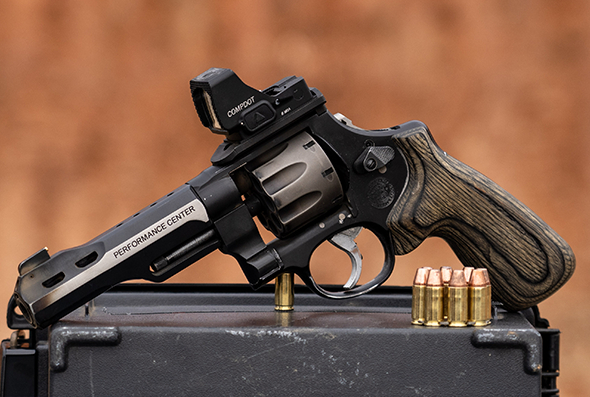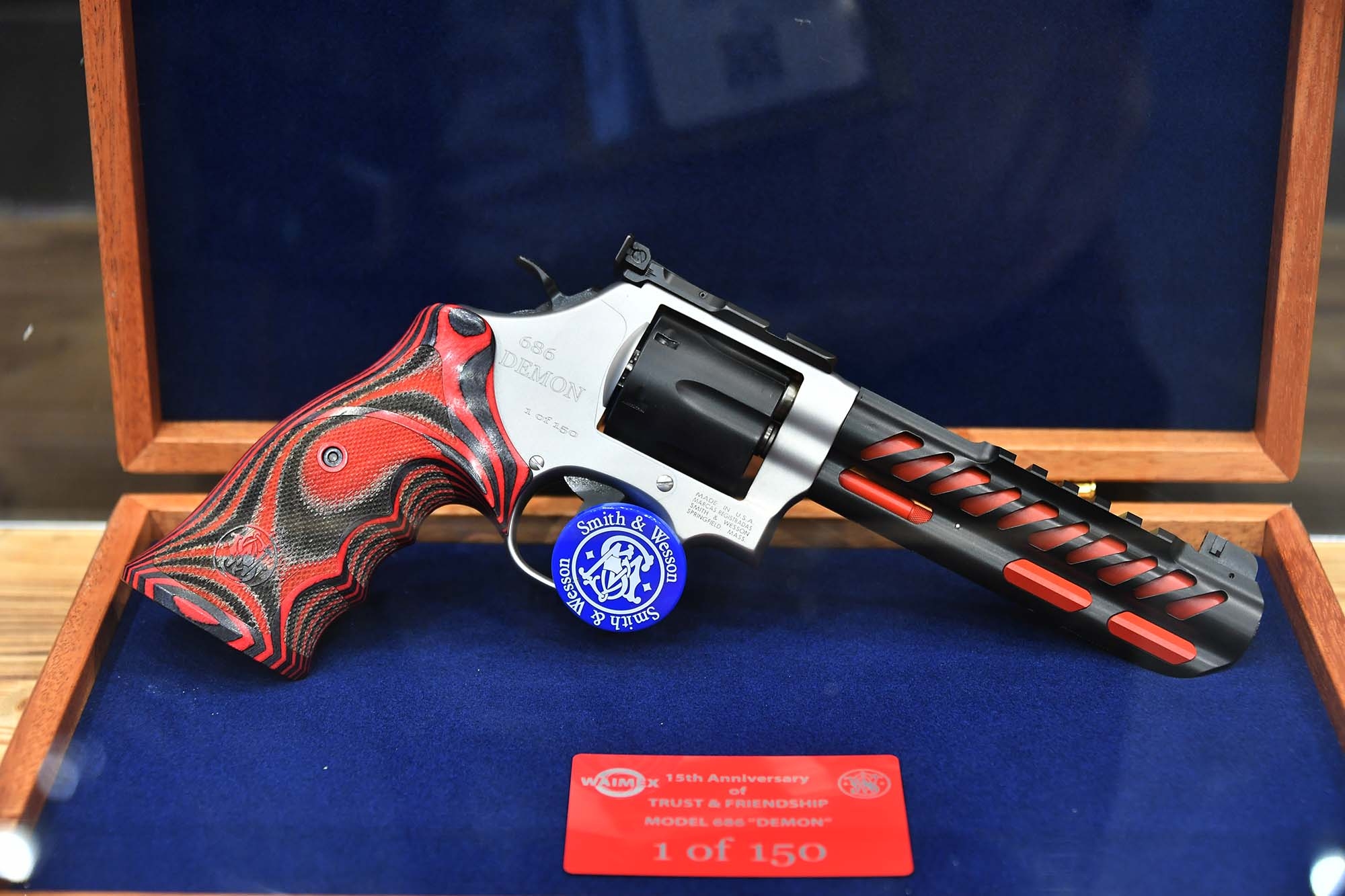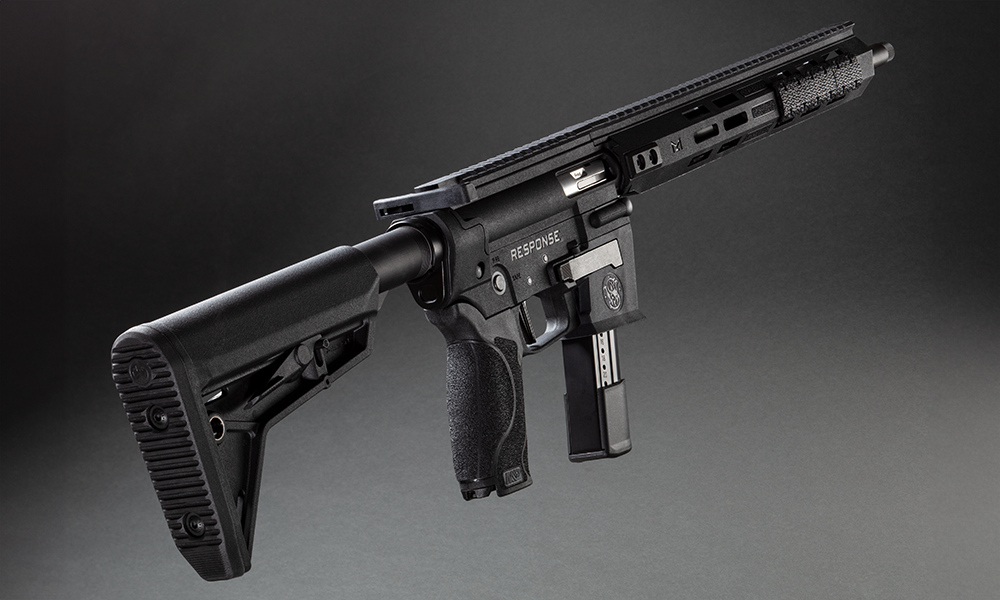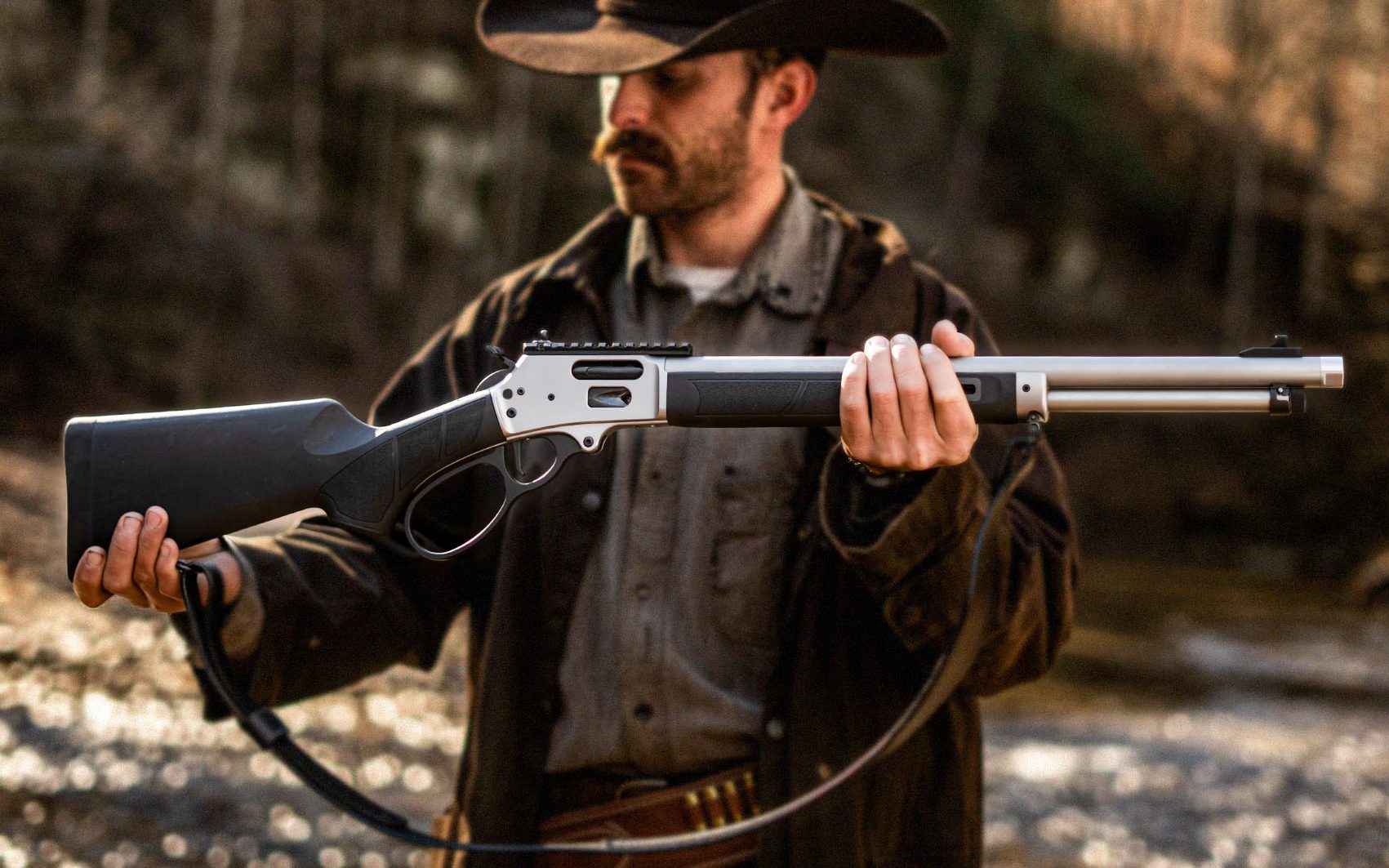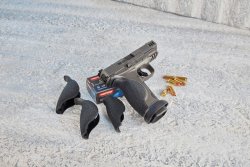
And yet another manufacturer to add a metal frame to one of its polymer models. The new aluminum lower section of the M&P 2.0 Metal only adds around 50 grams to the weight of its polymer counterpart. A somewhat more sensual comparison: that's how much half a bar of chocolate weighs. However, the additional weight is less noticeable when carrying than when shooting. The lines that some manufacturers are pursuing are now becoming increasingly clear: the lightest possible model with a polymer frame for users who carry a pistol all the time, i.e. mostly for professional reasons. Statistically, however, they may only have to use it once or twice in their working life. However, the same upper can also be found on a steel frame to attract users in mostly dynamic shooting disciplines. These shooters also carry their pistols in a holster, but only selectively, and they shoot a lot. The advantage of heavier pistols lies not in the holster, but in the hand. Mass dampens recoil and enables significantly faster and more accurate firing. In terms of weight, aluminum frames lie between these extremes.
The S&W M&P Metal 2.0 in detail: capacity, trigger, sights, adapter plates
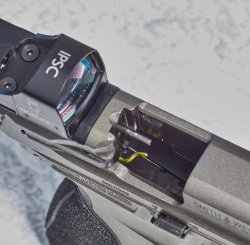
It remains true to the technology and good features of its polymer counterpart, still a striker-fired pistol without an external safety, but with the trigger safety that is almost obligatory for service pistols today. The magazine release button can be reversed, and the double-sided slide stop makes the pistol completely suitable for right- and left-handed use. The magazine holds 17 cartridges and the body is made of sheet steel. The rear sight is secured in the dovetail by a grub screw, but remains fixed. The front sight can be drifted sideways, it is also dovetailed, and the sights have white paint dots. The trigger releases with exemplary characteristics after a clearly perceptible wall. Serrations at the rear and front of the slide and a Picatinny rail characterise the visual appearance of a modern pistol. This also includes the slide cut-out into which reflex sights can be inserted. Now to the accessories, with which Smith & Wesson demonstrates that "a lot" is not necessarily complicated, but can also be simplified: seven adapter plates and an assortment of screws, all already provided with some locking varnish, make it possible to mount almost all relevant red dot sights. Therefore, there is no list of all possible types here. Four interchangeable palmswell grip inserts, which also cover part of the sides of the grip frame, allow adaptation to almost all hand sizes. They can therefore also be referred to as interchangeable grips.
The Competitor variant: the sporty version of the M&P Metal
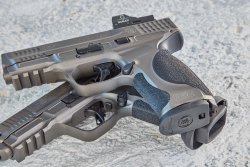
This has a barrel that is around 20 millimetres longer and a correspondingly longer slide. There are cut-outs on the front slide, on the flanks and at the top. The Competitor has a front sight with a green fiber-optic rod and a blacked-out rear sight. A larger plate is screwed onto the magazine release button. If this seems too prominent, the standard button is included in the scope of delivery. This also includes a second mounting pin for the backstrap. This is because the magazine well mounted on the Competitor requires a variant, and if you want to remove the well, you will need the standard pin. Instead of a cardboard box, the Competitor is supplied in a very large case. It contains three spare magazines instead of just one. Despite the large magazine bases, the Competitor magazines also hold 17 cartridges.
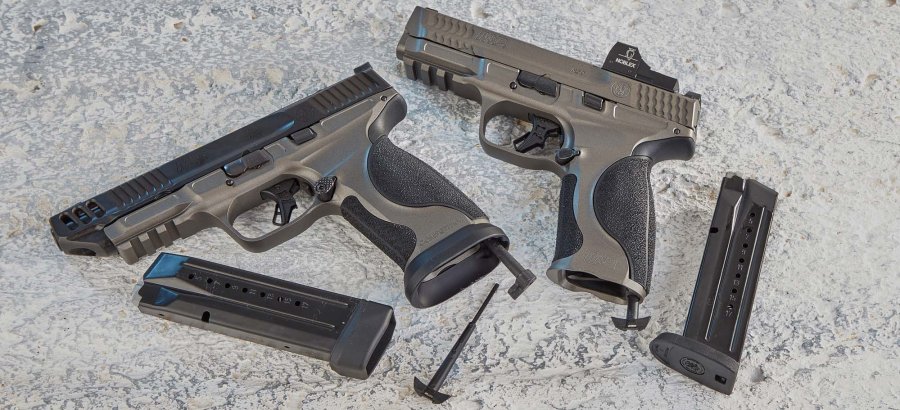
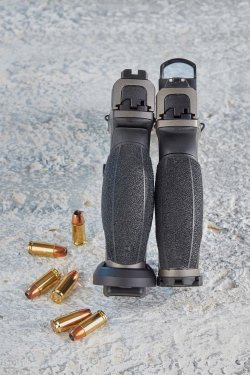
Test: with the Smith & Wesson M&P 2.0 Metal on the shooting range and all technical specs and prices
The Competitor showed a very homogeneous behavior from the shooting rest. With the exception of some harmony problems with two of the loads tested, it could also be used in any discipline focussing on precision shooting without time pressure. There were no malfunctions or anomalies with any of the cartridge types. However, beginners should be aware of the following load-related differences: the Magtech JSP with 95-gr bullet always produces a crisp impulse and the bullet leaves the muzzle quite loudly and with plenty of muzzle flash. In complete contrast, the 124-gr GECO Hexagon and the 147-gr Magtech JHP are rather mild and hardly show any muzzle flash. In between is the average, both in terms of load, but not necessarily in the quality of the groupings. In terms of the latter, the Hexagon came out on top from the Competitor with 41 millimetres. The second best performing cartridge was the 115-gr Sellier & Bellot JHP, also with 41 millimetres. Again and again, the proof of the pudding is in the eating. Firing from the Heymann Guntester with the shorter but red-dot-fitted M&P 9 2.0 also showed no particularities. There were clear differences in shooting behavior out of the hand if the back of the grip was not optimally matched to the respective hand size. The slightly longer barrel of the Competitor and its additional weight were noticeable when shot out of hand, but not very noticeable. In terms of accuracy, the 124-gr Hornady XTP with 22 millimetres came out on top in this variant. Hot on its heels, the above-mentioned lightweight Magtech 95-gr JSP came in second with 23 millimetres.
| Model: | Smith & Wesson M&P 2.0 Metal OR | Smith & Wesson M&P 2.0 Competitor OR |
| Caliber: | 9mm Luger | 9mm Luger |
| Capacity: | 17+1 rounds | 17+1 rounds |
| Dimensions (LxWxH): | 187x32-35x140 mm (width depending on the thickness of the interchangeable palmswell inserts) | 213x32-35x150 mm (width depending on the thickness of the interchangeable palmswell inserts) |
| Barrel Length: | 4.25"/108 mm | 5"/127 mm |
| Twist Rate: | 1:250 mm, 6 grooves | 1:250 mm, 6 grooves |
| Trigger Pull Weight: | 2,000 g approx. | 2,000 g approx. |
| Weight: | 810 g | 870 g |
| Price (MSRP in the US): | $899 | $999 |
| Equipment: | All-metal pistol, side-adjustable (driftable) rear sight and front sight with white lacquer dots, 1 spare magazine, 4 interchangeable palmswell grip inserts, cable lock, 7 adapter plates with screws. | Width depending on the thickness of the interchangeable palmswell grip inserts, all-metal pistol, side-adjustable (driftable) rear sight and front sight, front sight with green fiber optic insert, 3 spare magazines, 4 interchangeable palmswell grip inserts, second magazine release button, magazine well, plastic case, cable lock, 7 adapter plates with screws. |
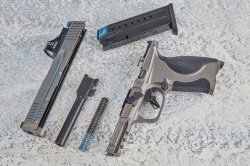
Test result: this is what the aluminum frame version of the Smith & Wesson M&P9 can offer
In itself it's "only" a Smith & Wesson M&P with an aluminum grip. But it is also an innovative concept that has been thought through considerably, with useful accessories and a very good price-performance ratio. This metal version of the M&P is therefore once again recommended for purchase. The fact that one safety feature dates back to the Wild West doesn't change anything...



